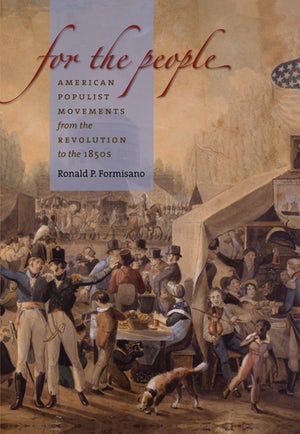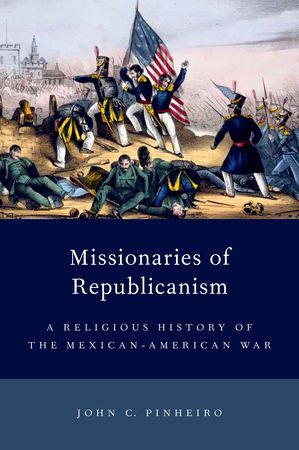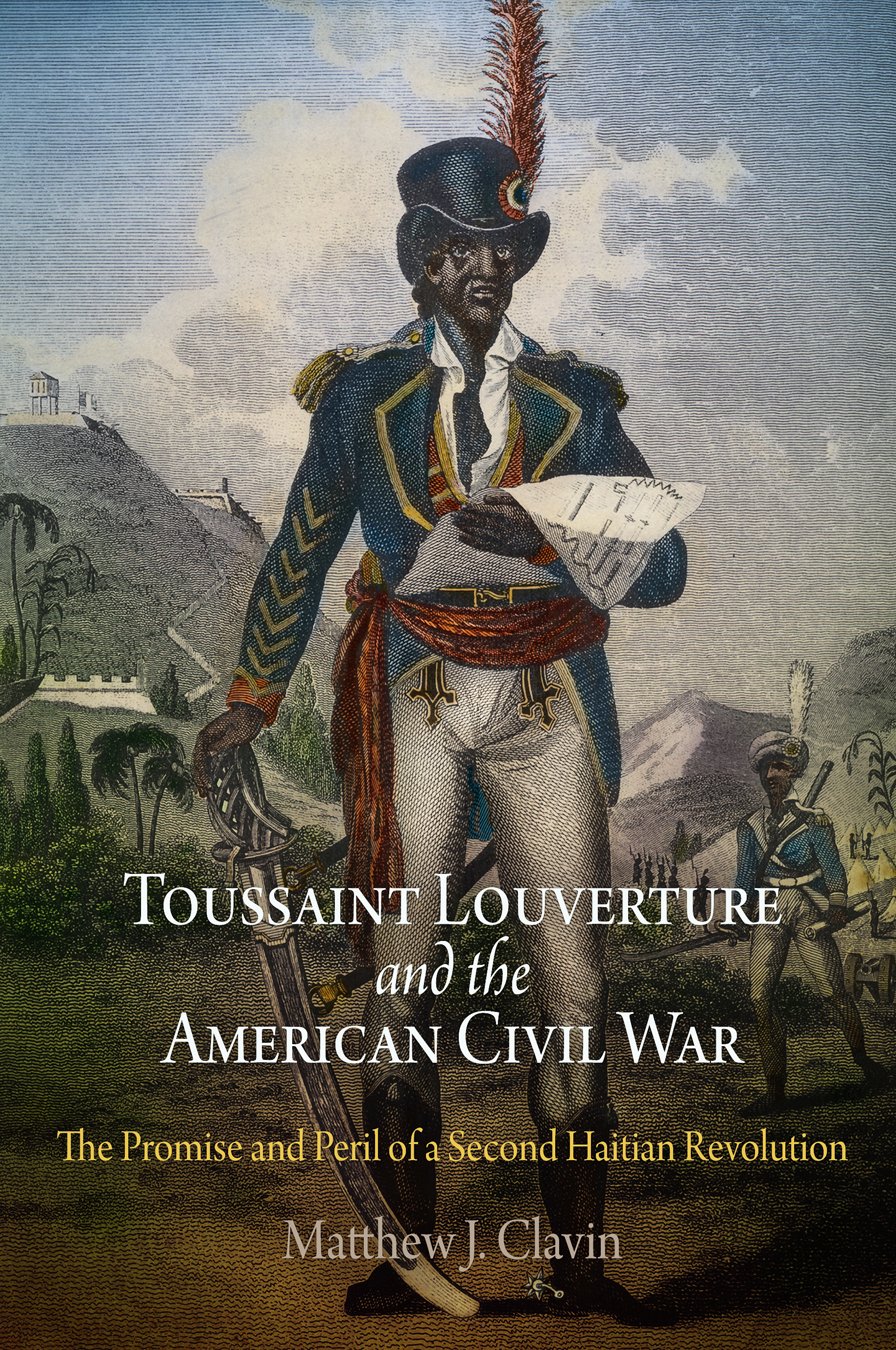Contagious disease requires three things to spread: First, an infectious agent must be present. Second, there must be a population of susceptible individuals. And third, there must be connections between them. It is in his exploration of this last requirement—connections—that Paul Kelton makes a major contribution to our understanding of the biological encounter that decimated the indigenous populations of the American Southeast from 1492 to 1715.
The gist of Kelton’s argument is that the spread of imported pathogens through the Southeast was not “inevitable.” Instead, he says, it was “contingent on the type of colonial system that Europeans chose to impose upon the region and its indigenous inhabitants” (xxii). The most devastating “epidemics thus followed rather than preceded the spread of European influence” (99).
As the title suggests, Epidemics & Enslavement puts the emergence of a commerce in native slaves at center stage. The growth of the English-Indian slave trade after 1659 laid the groundwork for a series of deadly epidemics at the end of the seventeenth century. It did so by uprooting people, by altering lifeways, and by changing patterns of contact far and wide. Around 1659, for example, the Westo Indians fled from Virginia to the Savannah River under pressure from English expansion and the Powhatan Confederacy. But the Westos retained their trade ties to Virginia and used English firearms to enslave Hitichis and Muskogees they transported north to the Old Dominion. These attacks, Kelton says, led to the coalescence of the upper Creeks from a variety of Muskogee communities and allowed the Cherokees to expand into the vacated territory (113, 121).
Power and people shifted constantly. Like Allan Gallay before him, Kelton demonstrates that the effects of the English-Indian slave trade extended deep into the continent. In 1679 Carolina slave traders enlisted Shawnee allies to enslave and expel the Westos. Soon the Yamasees joined the Shawnees on the Savannah River and ensconced themselves as suppliers of Cherokee captives to the Carolinians. The Upper Creeks—former Muskogees—sought to avoid enslavement themselves by raiding westward and offering Choctaw captives to English traders.
The result for native peoples, Kelton says, was a “highly vulnerable state of warfare, slaving, resettlement, and malnourishment when smallpox spread through the region in the last four years of the seventeenth century” (143). This epidemic is the centerpiece of Kelton’s story. The pestilence started in Virginia in 1696 and followed trade routes south and west all the way to the Gulf Coast and the Mississippi Valley. The connections and conditions created by the slave trade facilitated its spread and made it more deadly. Compact, fortified villages, for example, rendered transmission of the virus more likely. But in the face of constant war, this was a living pattern that made sense (145).
War and smallpox were bad enough. But southeastern natives also suffered from a wave of follow-up infections—what Kelton terms “aftershocks”—from 1698 to 1711. Some, like certain dysenteries, may have been present before Columbian contact. But others, like influenza, yellow fever, and measles, were newcomers from the far side of the Atlantic.
The havoc went from bad to worse. Population collapse meant that warriors had to travel farther in their search for human quarry. By 1708, one Englishman reported that South Carolina’s slaving tribes had “to goe down as farr on the point of Florida as the firm land [would] permit” to find captives (186). The Yamasees in particular could not get their hands on enough slaves to satisfy either the Carolinians’ demands or their own desire for trade goods. When they saw the Carolinians cultivating the powerful Choctaw nation, they came to fear enslavement themselves. Thus, in 1715, they attempted a preemptive strike in what became known as the Yamasee War. The Yamasees’ defeat and enslavement by the English capped two decades of spiraling decline.
Kelton’s account of the syncretic interplay between contagion and colonization is utterly convincing. But he is so attached to this interplay that he sometimes excludes whole realms of possibility from his analysis. In addressing areas of knowledge where the evidence is thin, it seems wiser to leave such possibilities open than to dismiss them prematurely.
This is particularly true in Kelton’s effort to demonstrate that the smallpox outbreak of 1696 was the first widespread epidemic to afflict the Southeast. He claims, for example, that earlier imported plagues could not have reached the Southeast from Mexico because there is “no credible evidence of direct links” between the regions and “no goods of Mesoamerican origin have been found at southeastern archaeological sites” (50). Direct links, however, are not necessary. What matters is the chain of contagion. Nor do we need to find Nahua gold in Alabama Indian mounds to understand that person-to-person connections extended to Mexico and to other places as well.
Kelton is likewise too eager to dismiss the possibility that genetic differences might have made Native Americans more vulnerable to Old World pathogens. Genetic resistance, he says, “only develops after tens of thousands of years” (44). “The genes of indigenous peoples of the Americas, therefore, did not make them any more or less vulnerable to epidemic diseases than were Europeans” (46). Thus all variations in immune response had to be situational, a consequence of the slave trade and the mayhem of colonization.
Unfortunately, evolutionary biology does not support Kelton’s claim. One example will suffice. In 1950, Australian pest control experts deliberately introduced a pox virus called myxoma into the country’s burgeoning rabbit population. The effort was a phenomenal success. Myxomatosis killed ninety-nine percent of the rabbits infected, and their numbers plummeted. But then, very quickly, the population stabilized. Two things had happened: The myxoma virus evolved to become less virulent. (An infection that kills too effectively may die out itself.) But the rabbits also evolved. By 1957 many Australian rabbits could survive even the most virulent strains of myxoma.
Obviously humans do not breed like rabbits. But this does not mean genetic selection takes “tens of thousands of years.” As the Australian experience suggests, the timeframe depends upon many variables, including the lethality of the microbe and the speed with which it kills. Native Americans today may well have more resistance to some imported plagues than their ancestors did five hundred years ago.
Epidemics & Enslavement grapples with some of the biggest questions confronting early American historians. Opinions differ, and arguments hinge on the most fragile threads of evidence. None of us has it all figured out. But Kelton’s appraisal of the southeastern smallpox epidemic of 1696 has filled in one piece of the puzzle, showing how the upheavals of colonization augmented the killing power of disease in the Southeast.
Further Reading:
For additional reading reflecting a variety of views on the topics addressed here, see Alfred W. Crosby, The Columbian Exchange: Biological and Cultural Consequences of 1492 (Westport, Conn., 1972); Frank Fenner and Bernardino Fantini, Biological Control of Vertebrate Pests: The History of Myxomatosis; An Experiment in Evolution (New York, 1999); Alan Gallay, The Indian Slave Trade: The Rise of the English Empire in the American South, 1670-1717 (New Haven, 2002); David S. Jones, Rationalizing Epidemics: Meanings and Uses of American Indian Mortality Since 1600 (Cambridge, Mass., 2004); William H. McNeill, Plagues and Peoples (Garden City, N.Y., 1976); and Ann F. Ramenofsky, Vectors of Death: The Archaeology of European Contact (Albuquerque, N.Mex., 1987).
This article originally appeared in issue 8.4 (July, 2008).
Elizabeth Fenn is an associate professor of history at Duke University and the author of Pox Americana: The Great Smallpox Epidemic of 1775-82 (2001).



















